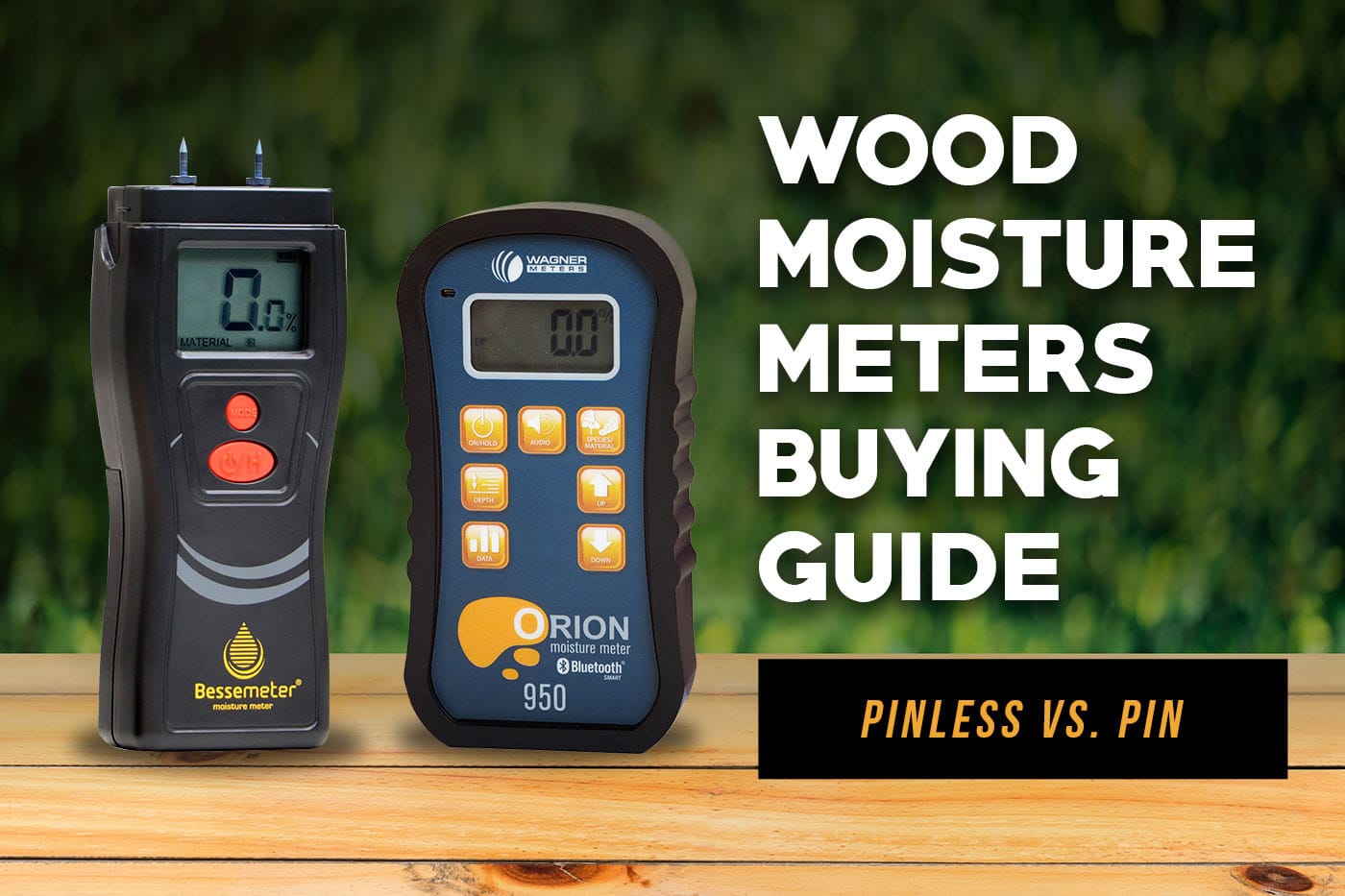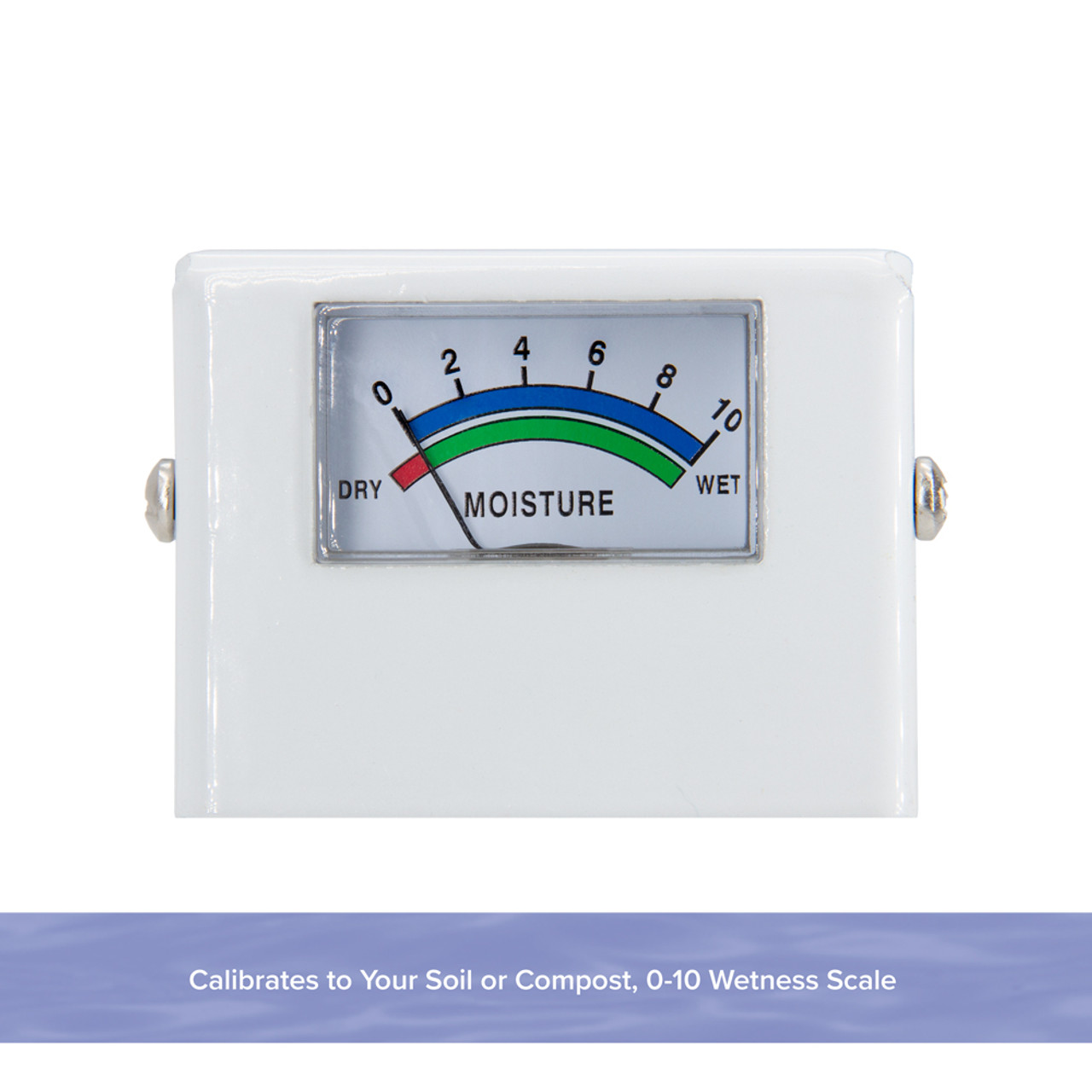The Scientific Research Behind Moisture Meters: Exactly How They Function and Why They're Crucial
The Scientific Research Behind Moisture Meters: Exactly How They Function and Why They're Crucial
Blog Article
The Ultimate Overview to Moisture Meters: A Comprehensive Summary and How They Can Save You Cash
In the realm of structure upkeep, building, and different industries, the importance of accurately gauging wetness levels can not be overemphasized. Wetness meters function as essential tools in detecting and checking moisture web content in materials, assisting in protecting against pricey damages and ensuring the top quality of products. Recognizing the nuances of various sorts of moisture meters, their applications, and the possible cost-saving advantages they use can be a game-changer for specialists and services alike. Discovering just how these devices can not just enhance processes however also contribute to monetary cost savings is a journey worth starting.
Kinds Of Moisture Meters
Numerous sorts of dampness meters are available for various applications in various markets. One common type is the pin-type dampness meter, which measures the electric resistance in between two pins placed right into a material. This kind appropriates for wood, drywall, and various other structure materials. Pinless dampness meters, on the other hand, use electro-magnetic sensor plates to scan a bigger area without triggering damages to the material's surface area. These meters are excellent for rapidly analyzing moisture levels in large areas such as wall surfaces and floorings.
In addition, there are also specialty moisture meters developed for certain products like dirt, hay, or grain. These meters provide accurate moisture readings tailored to the distinct buildings of the product being tested. Infrared wetness meters measure the thermal residential or commercial properties of a material to establish its wetness web content non-invasively, making them useful for applications where pin or pinless meters may not be ideal. Comprehending the various sorts of dampness meters offered can aid industries choose one of the most ideal device for their certain wetness measurement needs.

Benefits of Making Use Of Moisture Meters

Additionally, using moisture meters can lead to raised power effectiveness. In agricultural settings, dampness meters play a critical duty in enhancing crop yields by making it possible for farmers to check dirt wetness levels and make educated watering decisions.
How to Pick the Right Moisture Meter
Choosing the suitable dampness meter entails thinking about key variables such as material compatibility, measurement array, and calibration accuracy. When picking a wetness meter, it's necessary to ensure that the meter appropriates for the certain material you will certainly be testing. Various materials have differing electrical homes that can affect wetness readings, so choosing a meter designed for your product is essential for exact results. In addition, think about the dimension variety of the dampness meter. Guarantee that the meter can identify moisture degrees within the range required for your applications. Calibration precision is another important element to maintain in mind (Moisture Meter). Go with a wetness meter with reliable calibration to make sure consistent and exact analyses. Some meters may need regular calibration modifications, so recognizing the calibration process is necessary. By carefully assessing these variables, you can choose a wetness meter that satisfies your demands and provides accurate wetness dimensions for your tasks.
Proper Techniques for Moisture Meter Usage
To make sure exact dampness readings and make best use of the performance of a dampness meter, employing proper techniques is necessary. When making use of a pin-type dampness meter, put the pins or probes right into the product being tested until they make full contact. Guarantee the pins are perpendicular to the surface to get the most precise reading. For pinless moisture meters, hold the device flat versus the product and relocate gradually to cover the whole location for a typical reading. It's vital to adjust the wetness meter according to the material being evaluated to enhance accuracy. Take multiple analyses throughout the surface area and typical them out for a much more reputable result. Additionally, guarantee that the material being examined is accommodated to the setting to avoid skewed analyses. Routine upkeep of the dampness meter, such as cleaning the pins or sensing unit, is additionally important to guarantee regular and precise readings. By adhering to these correct techniques, customers can rely on their dampness meter to supply trustworthy moisture degrees, assisting in stopping expensive damages or making sure high quality in various applications.

Expense Savings Via Moisture Meter Applications
How can the calculated use of dampness meters lead to considerable price financial savings throughout different industries? In the agriculture market, moisture meters help in establishing the optimum time for gathering plants, avoiding excess or over-drying wetness that can impact the last item's high quality.

Additionally, in the food processing sector, dampness meters are vital for keeping an eye on item top quality and making certain conformity with safety guidelines. By properly gauging wetness web content in food, manufacturers can stop putridity, maintain freshness, and minimize waste, causing considerable price financial savings. Generally, the tactical application of wetness meters is a beneficial financial investment that can lead to substantial cost decreases and enhanced effectiveness across different markets.
Conclusion
Finally, moisture meters are important devices for discovering and measuring moisture levels in different materials. By making use of the right wetness meter and complying with appropriate methods, users can efficiently prevent expensive damages triggered by excess moisture. Purchasing a quality moisture meter can result in considerable expense savings in the future by determining prospective concerns early on and allowing timely remediation. Eventually, dampness meters are vital instruments for preserving the integrity and durability of products and structures.
Dampness meters serve as vital tools in identifying and checking moisture content in products, assisting in protecting against pricey damages and making sure the high quality of items. Infrared wetness meters determine the thermal residential or commercial properties of a product to establish its dampness web content non-invasively, making them beneficial for applications where pin or pinless meters might check my source not be ideal.Dampness meters use invaluable benefits in accurately keeping an eye on and analyzing dampness levels in varied materials and settings. In agricultural setups, dampness meters play a crucial duty in maximizing plant returns by making it possible for farmers to check dirt moisture levels and make educated watering decisions.In final thought, dampness meters are beneficial tools for identifying and measuring wetness levels in different products.
Report this page